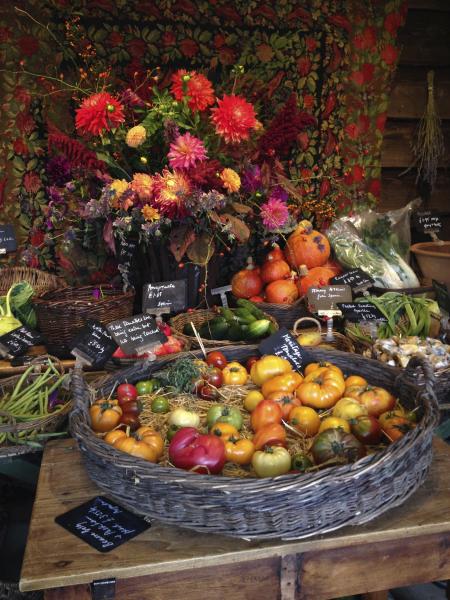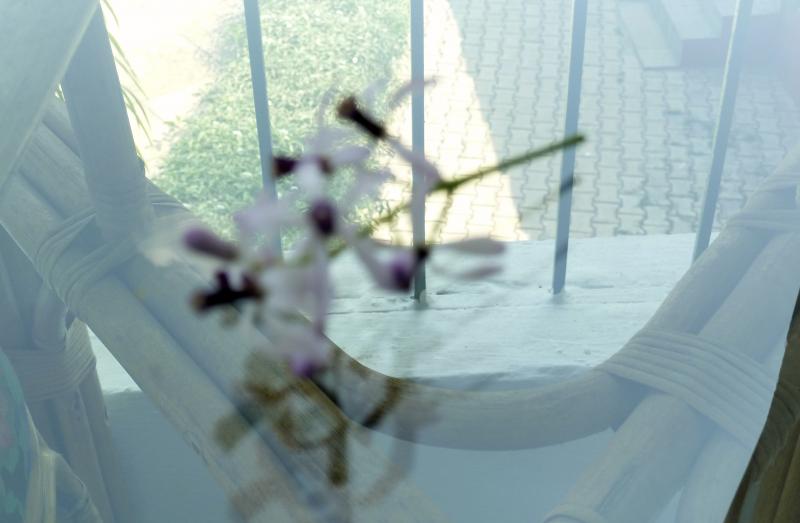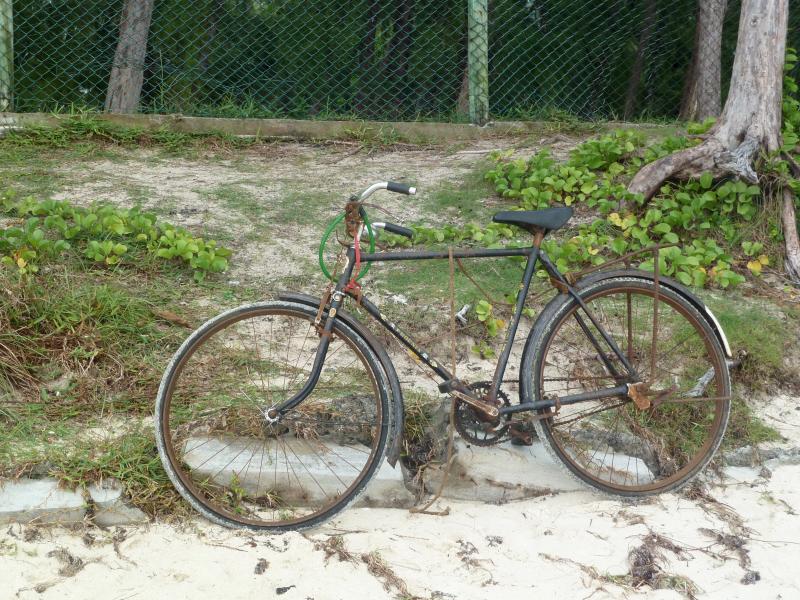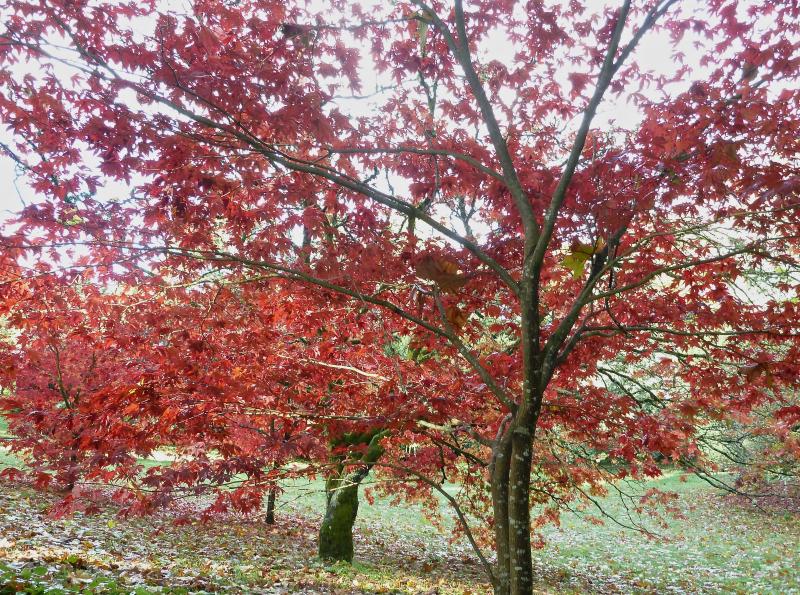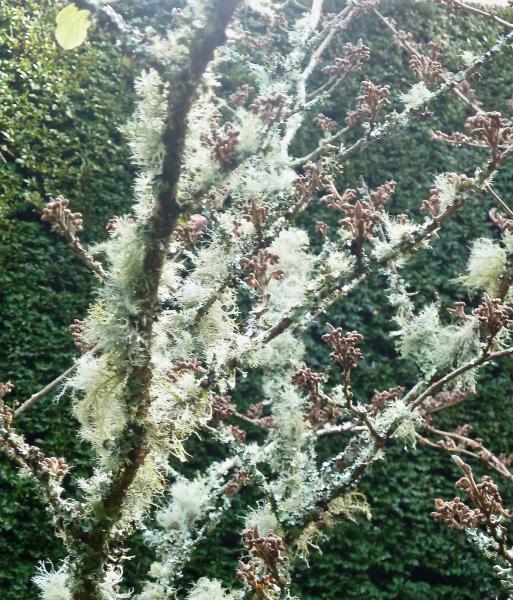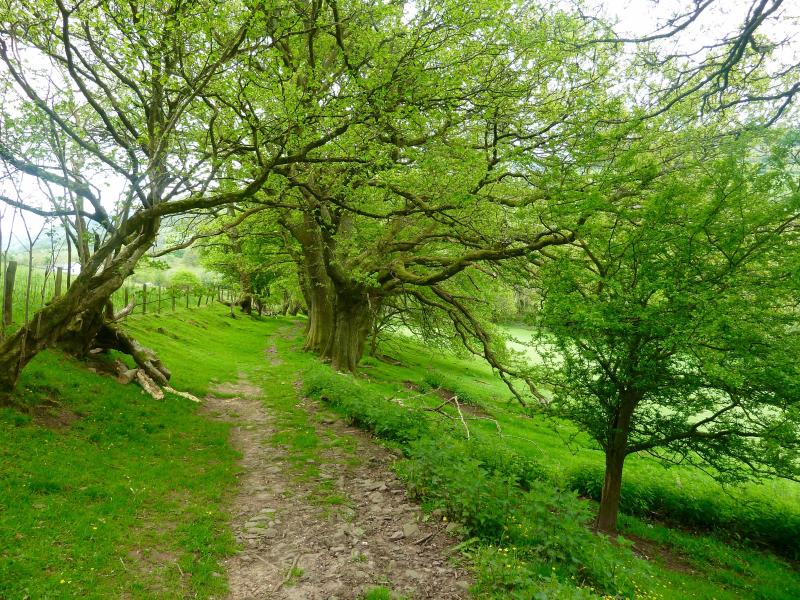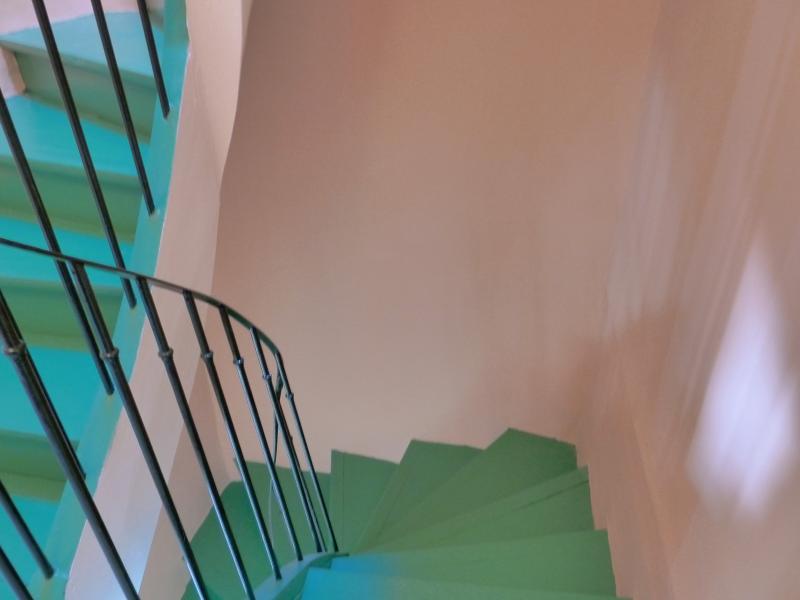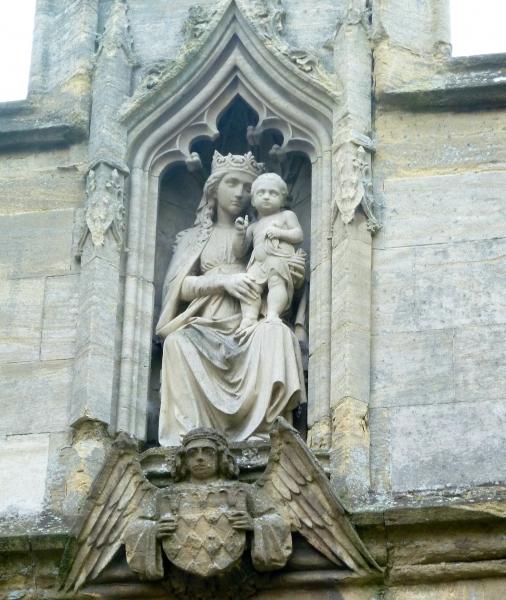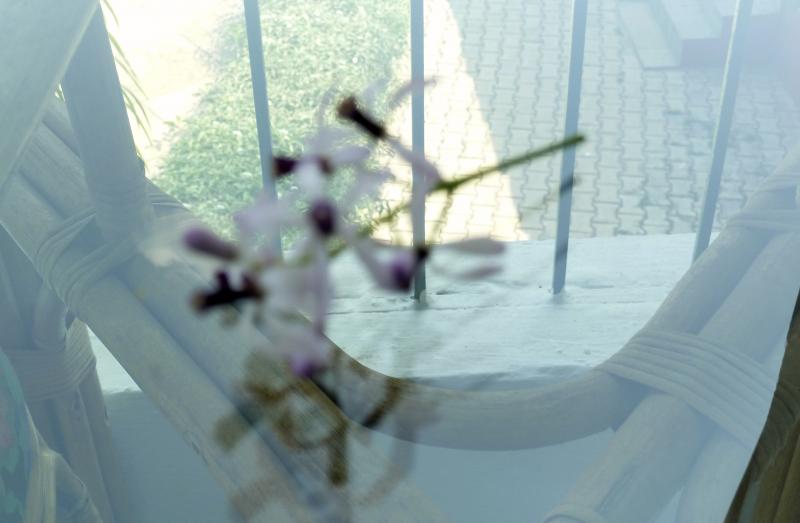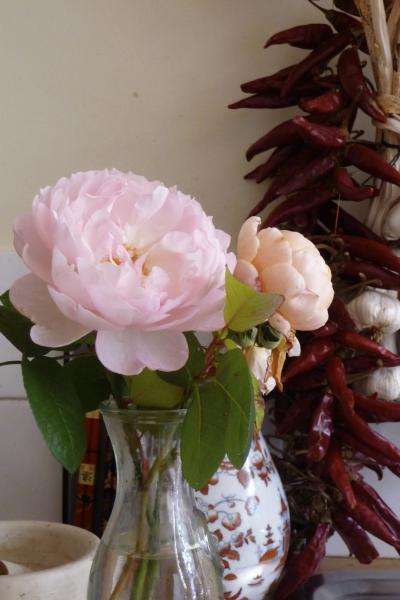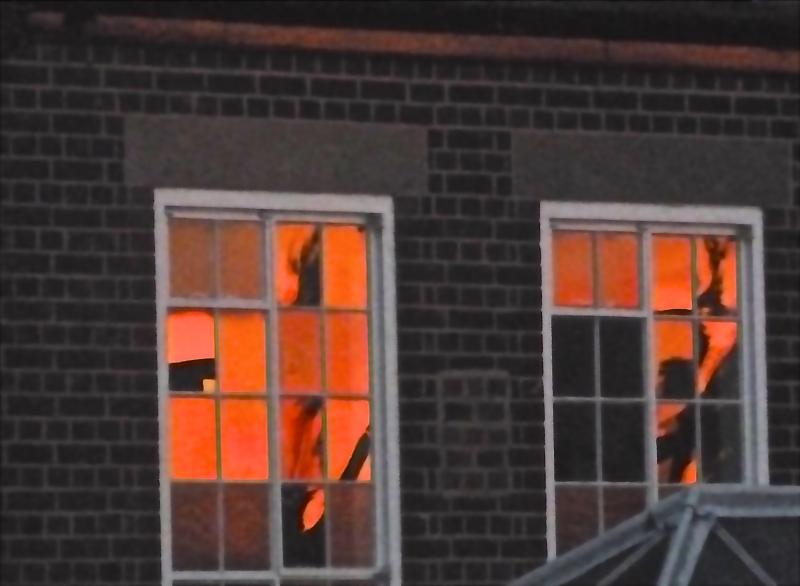Barcelona is synonymous with Gaudi, Miro, Dali and the dream of autodeterminacio- independence of the Catalan nation. The great neo-Gothic Sagrada Familia of Gaudi’s imagining was first conceived in 1882 and may now be completed in 2028, or so they say. It is a folly on the most unimaginable scale, that has consumed billions of euros and may never be finished. In his seminal work on Barcelona, the art critic and historian Robert Hughes talks about it with a mixture of exasperation and awe. The project themed around the Holy Family was begun by arch-conservative Catholics who commissioned Gaudi the pious architect, ascetic proto-saint whose favourite meal was lettuce leaves sprinkled with olive oil. Hughes calls his architecture “mystical, penitential and wildly elated… structurally daring and full of metaphor, obsessed by its role as speculum mundi– mirror of the world.”

The Sagrada Familia- still building

A soapy entity in the foreground of the epic construction
Its strange convoluted Gothic-y design, a cross between a Walt Disney imagining and a medieval fantasy has to be seen to be believed, but there are always such armies of visitors that I couldn’t summon the strength to queue for a slot. Another time.
Nek Chand (of Rock Garden Chandigarh fame) must have been touched by the spirit of Gaudi, 5000 miles away. Bits of broken crockery and tiles form the basis of his sculptures.

Nek Chand’s sculptures, 70 years after Gaudi

Nek Chand’s inspiration?
For some reason, when I lived in French Catalunya the only times I came anywhere near Barcelona were to see friends and to report on the phenomenon of the Hugging Guru, Amma (see my first post- 15.1.2012). But these visits had nothing to do with the city itself and my first proper visit a couple of weeks ago made me realize what I had missed. It turned out to be a hugely enjoyable experience starting with an Alaister Sawday recommended B&B which was nothing like what I had expected, but which provided background entertainment.
Robert Hughes paints a picturesque vignette of Barcelona’s obsession with style as exemplified by its transvestites;
“…street theatre of of a curiously pure kind, a tableau vivant, in which the audience moves but the actors do not…in their fantastic incongruity, remade by pills and scalpels, shaved, wigged, depilated, creamed, rouged, kiitted out like Marlene Dietrich…the transvestits are like fantasies out of a pagan past as imagined by Beardsley…”
Many years ago I knew Coral, a Spanish Catalan in Prades, whom we called Coco. His parents had walked over the Pyrenees to France in the great retreat of Spanish Republicans in 1939, La Retirada. They were incarcerated in the infamous concentration camp of Argeles. In other circumstances Coco could have become a Grayson Perry, being blessed with great artistic gifts that he channeled into his drag-queen outfits. He created them entirely out of dechetterie- rubbish- recycled to be transformed into extravagant ball gowns and jewellery. He was truly a spawn of Barcelona style. “If only he had a rich American boyfriend”, we sighed. Coco loved to dress up (convincingly as Marlene Dietrich- he had great legs- and sing slightly off-key in a ghastly nightclub called the Loco (Spanish for “mad” and appropriately sited next to the railway line). He had a Gaudi-esque eye and when he died he left behind around 300 ballgowns fabricated from paper, foil and old tins, which should have been housed in a museum. The Barcelona B&B that I stayed in had a whiff of that same raffish originality, with stabs at surrealist decor. But if it hadn’t been for mine entertaining host, I couldn’t have tolerated the lack of creature comforts.
I paid €22 for a four hour personalized bike tour with Marc, who took me to his favourite gardens, to the post-Olympiad man-made beach, the fishermens’ quarter and a glass of Horchata (tiger nut milk).

Parc Ciutadella

The bike hire shop founded by Martha (centre)

Marc and the sand Buddha on the beach of imported Egyptian sand
Narrow streets, broad avenues and public squares are crammed with wonderfully embellished buildings, many richly decorated with Art Noveau motifs, paid for by the wealth of the indicos from their sugar plantations in Cuba and Santo Domingo. Slavery continued on a grand scale right up to the end of the 19th century. From earliest times, when the Romans colonized Spain, the Catalans have stayed aloof from Castilian Spain. Franco outlawed their language and the most recent evidence of ongoing fractiousness was on November 9- the day of the momentous referendum.
The nights preceding the much-anticipated poll, I heard rhythmic banging in the street: dark silhouettes on balconies were staging a noisy protest by beating metal pans- a phenomenon called “caserolzada”. In the end it seemed a less than 50% vote in favour of independence.


The morning after I arrived at Philippa and Alan’s finca outside Barcelona, they set off early in their glad rags to cast their vote (in favour).
I’m planning another trip to Barcelona where I’ll book Marc and his bicycles to take me to every accessible Gaudi building and I hope we can have a few more glasses of Horchata











